
The clean energy pioneers
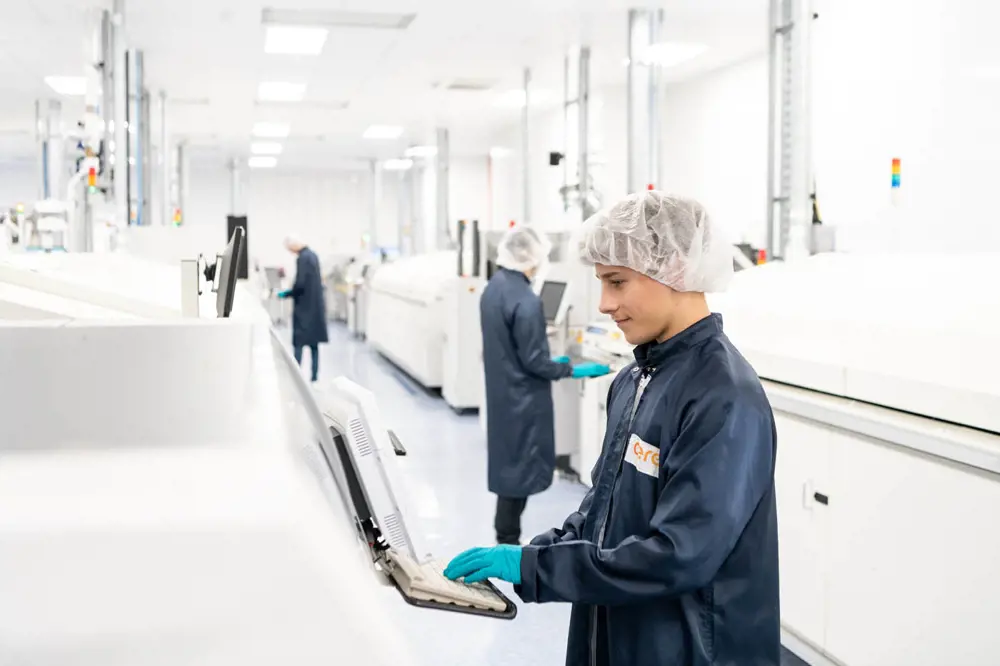
Green hydrogen is made using devices called electrolysers, which split water using renewable energy. However, these are still so new that we currently only have the capacity to make a tiny fraction of what we need.
Enter UK cleantech company Ceres Power. The company has developed a unique, solid oxide-based electrochemical technology that produces green hydrogen when run in one direction – as an electrolyser – but can also generate electricity when run in the other direction – as a fuel cell.
Many cleantech companies run into problems when trying to scale up their technologies. But Ceres’ unique technology has allowed it to focus on the core innovation, while licensing it to global partners such as Bosch. This has accelerated scaling, with Bosch now gearing up towards manufacturing 200 MW of capacity from 2024.
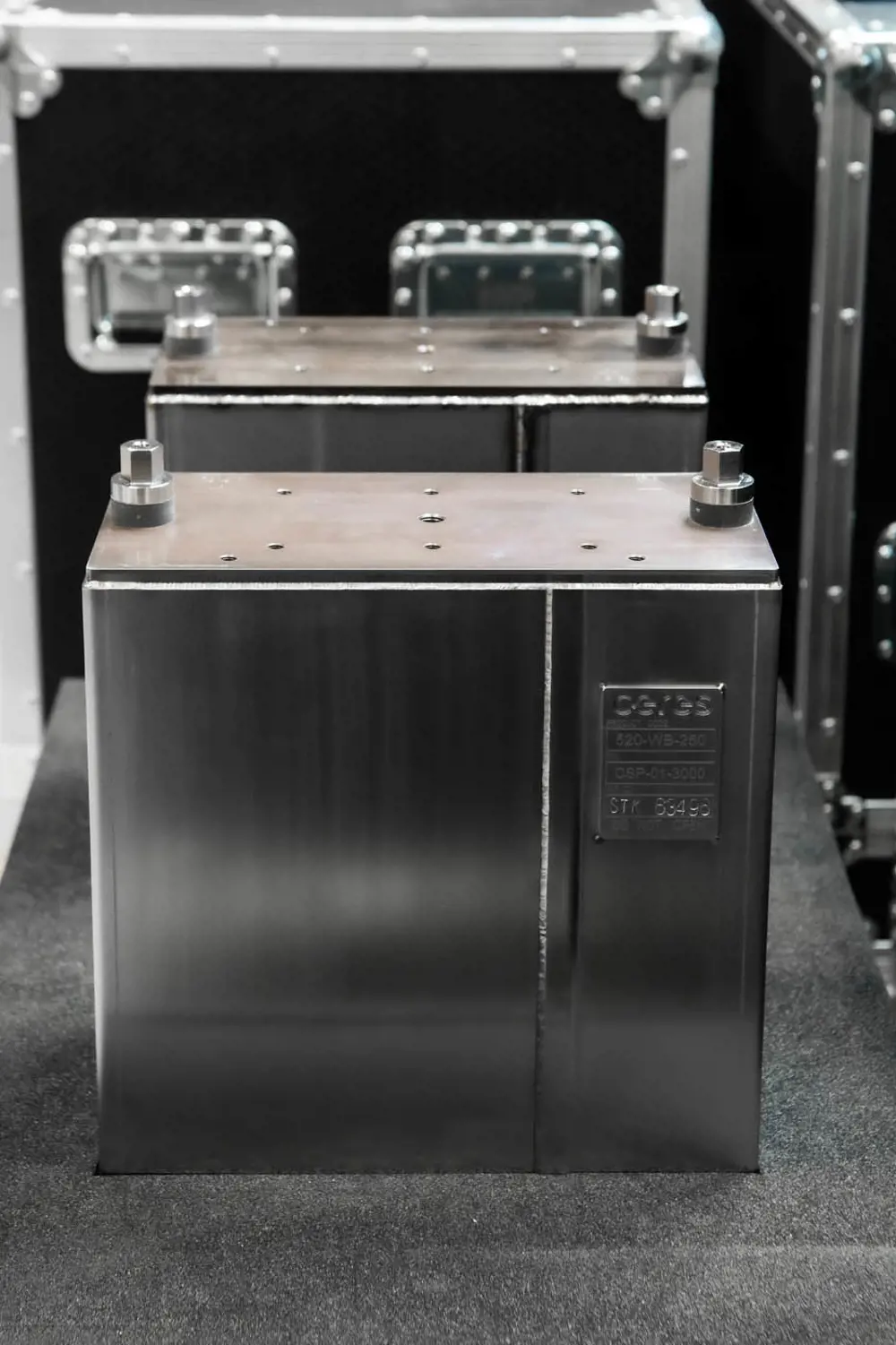
The power of flexibility
In electrolyser mode, water is split to make green hydrogen using renewable energy (see page 36 for an explainer on how electrolysers work). In fuel cell mode, the device works almost like a battery but instead of being finite, can be continually supplied with fuel from an external source.
The dual functionality makes the device useful for storing excess renewable energy as a clean fuel, while at the same time able to produce electricity.
In the long term, the plan is to use hydrogen as the fuel. But until hydrogen is readily available, the cell can also run on biogas, gas, and blends of hydrogen and gas. As the infrastructure for hydrogen, including storage and transport, is not yet in place, this flexibility makes the technology a safer bet for manufacturers.
Key to the technology is a special solid oxide electrolyte, a ceramic membrane in the middle of the cell. It’s made of a material called gadolinium-doped ceria (more commonly found in self-cleaning ovens), layered on a stainless-steel support.
This combination has been there since day one of the company, when Professor Brian C Steele spun out the company from Imperial College London in 2001. It’s what makes the technology robust and relatively low cost compared to competitor technologies. Today, this robustness forms part of the attraction to Ceres’ partners.
“When Bosch first arrived, I took a cell, bent it, slapped it on the table, and said, ‘OK, let’s go and put it in a stack’,” says Dr Adam Bone, who is Ceres’ Head of Energy Materials. “[If you did that with] a normal ceramic cell, there’s no way you’d want to use it.”
When Bosch first arrived, I took a cell, bent it, slapped it on the table, and said, ‘OK, let’s go and put it in a stack’. [If you did that with] a normal ceramic cell, there’s no way you’d want to use it.
Dr Adam Bone, Ceres’ Head of Energy Materials
Problem solving from the start
But getting an operational cell wasn’t an easy journey. Ceres had to develop an entirely new manufacturing processes, as ceramic materials conventionally require temperatures that would melt the metal support.
The team had to find a workaround – and they did. As Dr Bone puts it, “the ability to take a ceramic material and sinter it into a dense layer on a metal support, it’s something quite revolutionary and… part of our core intellectual property.”
“Ceres’ bread and butter is solving really hard problems,” adds Dr Chandra Macauley, who is a senior materials scientist at Ceres. Dr Bone recalls how the company nearly failed in 2012, when Ceres had been planning to do everything, including manufacturing. The company changed tack but fundraising enough to cover its R&D activities was difficult at the time.
“We went from 180 people down to 50,” he says. Turning the corner took a new vision, new owners and the right business model. “That in itself is one of the biggest challenges, I think, for any startup.” Dr Macauley goes on to explain how collaboration between a whole range of scientific and engineering disciplines has been key to Ceres’ success. “That’s where so much innovation happens.”
“We’ve got the whole kind of gamut of engineering working on this problem,” says Dr Bone.
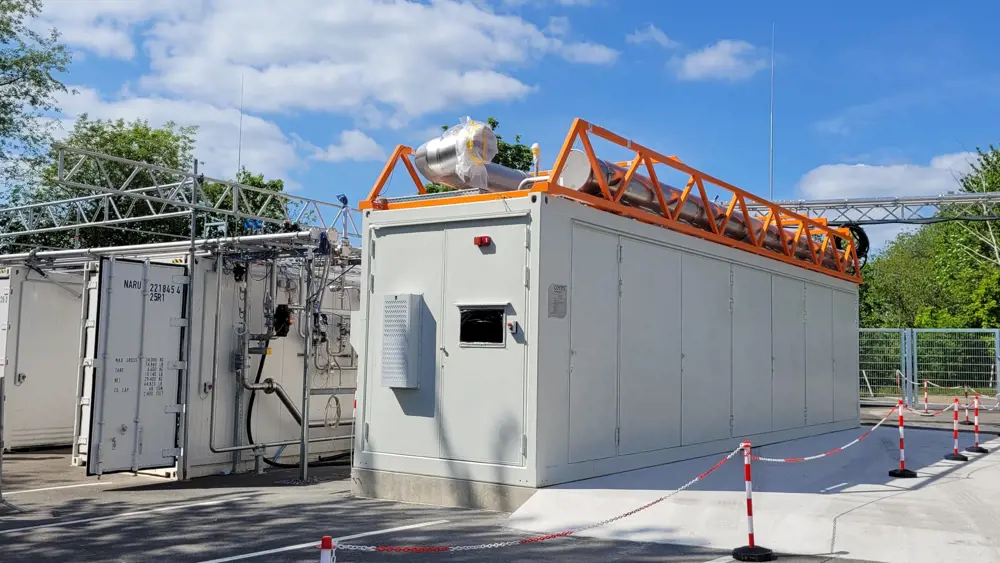
Equipped for the real world
Ceres has been recognised for its persistence, ingenuity and years of hard work with the Royal Academy of Engineering’s 2023 MacRobert Award. The award also shines a light on the significant need for Ceres’ electrolysis technology.
“Climate change is now. It’s not in the future – it’s now. We have to take those chances,” says Dr Caroline Hargrove, the company’s Chief Technology Officer. She explains how Ceres decided to raise more money to get the electrolyser functionality working, even though the fuel cells were ready for the market. “We knew that we needed to get going… because [the technology is] needed today.”
Ceres is working hard to create a market for its electrolysers and “[help] users use it”. This is because hydrogen has teething problems yet to be ironed out – such as how to store and transport a gas that’s lighter than air without it escaping.
Climate change is now. It’s not in the future – it’s now... We knew that we needed to get going… because [the technology is] needed today.
Dr Caroline Hargrove CBE FREng, CTO of Ceres Power
The company’s first electrolyser, a one-megawatt demonstrator, will be installed in a technology park in Bangalore by the end of the year. “For hydrogen, you need to think where you’re going to store it, how you’re going to compress it – have you got the infrastructure?” says Dr Hargrove. These are the sorts of questions the demonstrator intends to answer.
Meanwhile, Bosch fitted a pilot fuel cell system at a bus station in Germany that has been producing electricity and feeding it to the grid for nearly three years. The heat it gives off is enough to provide heat and hot water to a bakery in the station. While it currently runs on gas, it is a way to prove the technology works before hydrogen becomes widely available. Its CO2 emissions are also lower than traditional combustion at gas power plants, and much purer, so they can be captured for industrial processes.
Ultimately, the company envisions the fuel cell as a small-scale, off-grid power source: a secure energy alternative for data centres or charging stations for electric vehicles. As electricity demand rises due to electrification, Ceres hopes the technology will help relieve pressure on the grid.
The company is clearly taking a lot of steps in the right direction to get its technology out there – and not just in Europe, but also in South Korea and China.
“Climate change is obviously a worldwide problem, and we have partners now all around the world,” says Dr Macauley. “Because we need scale in order to solve this problem in the amount of time that we need to solve the problem. And quite honestly as a scientist working on it, it’s tremendously empowering.”
***
This article has been adapted from "The clean energy pioneers", which originally appeared in the print edition of Ingenia 96 (September 2023).
Keep up-to-date with Ingenia for free
SubscribeRelated content
Environment & sustainability
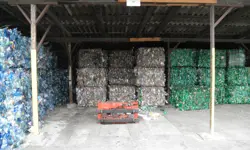
Recycling household waste
The percentage of waste recycled in the UK has risen rapidly over the past 20 years, thanks to breakthroughs in the way waste is processed. Find out about what happens to household waste and recent technological developments in the UK.
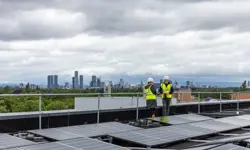
Upgrade existing buildings to reduce emissions
Much of the UK’s existing buildings predate modern energy standards. Patrick Bellew of Atelier Ten, a company that pioneered environmental innovations, suggests that a National Infrastructure Project is needed to tackle waste and inefficiency.

An appetite for oil
The Gobbler boat’s compact and lightweight dimensions coupled with complex oil-skimming technology provide a safer and more effective way of containing and cleaning up oil spills, both in harbour and at sea.
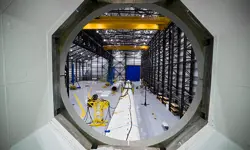
Future-proofing the next generation of wind turbine blades
Before deploying new equipment in an offshore environment, testing is vital and can reduce the time and cost of manufacturing longer blades. Replicating the harsh conditions within the confines of a test hall requires access to specialist, purpose-built facilities.
Other content from Ingenia
Quick read

- Environment & sustainability
- Opinion
A young engineer’s perspective on the good, the bad and the ugly of COP27

- Environment & sustainability
- Issue 95
How do we pay for net zero technologies?
Quick read

- Transport
- Mechanical
- How I got here
Electrifying trains and STEMAZING outreach

- Civil & structural
- Environment & sustainability
- Issue 95